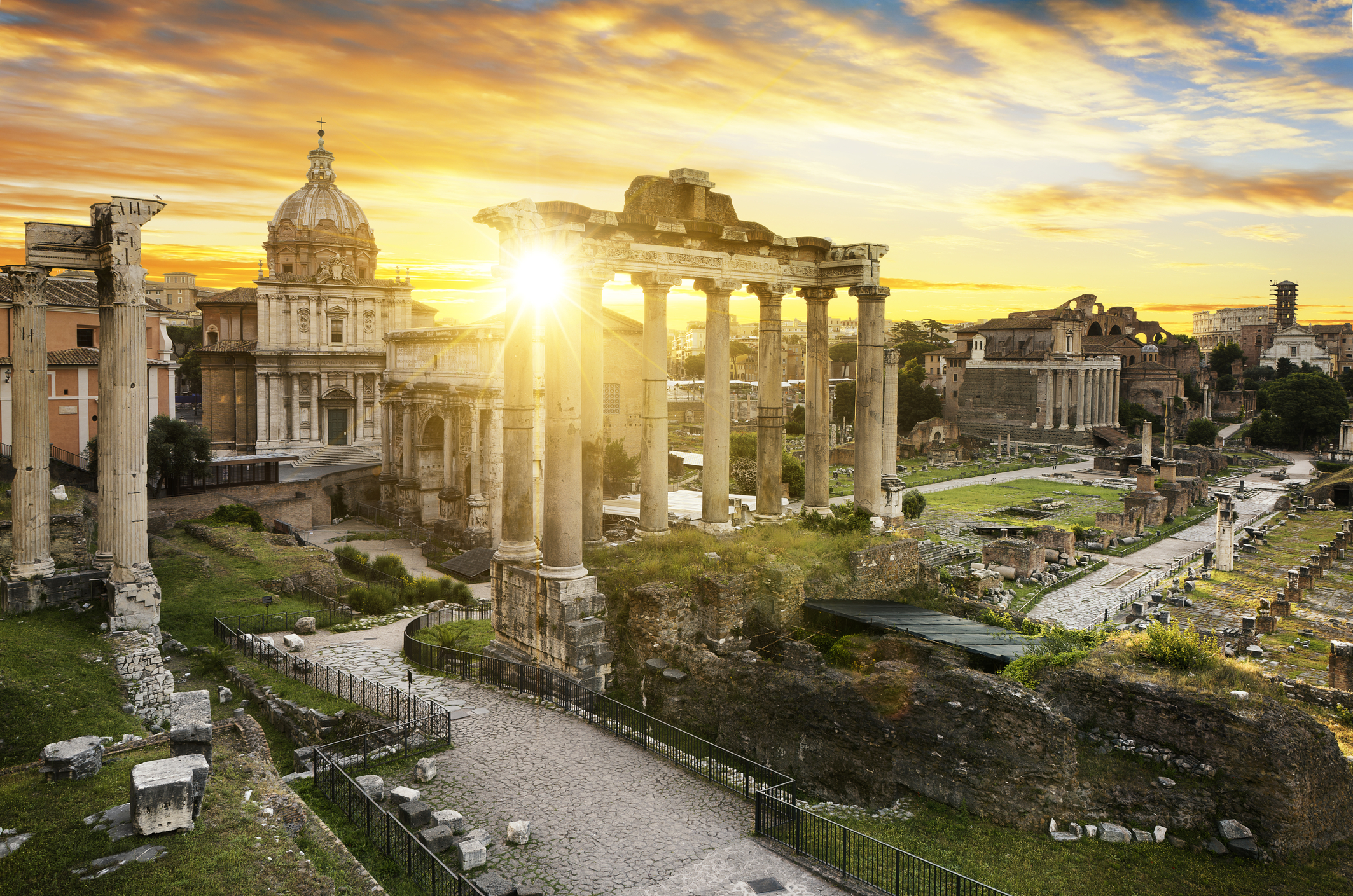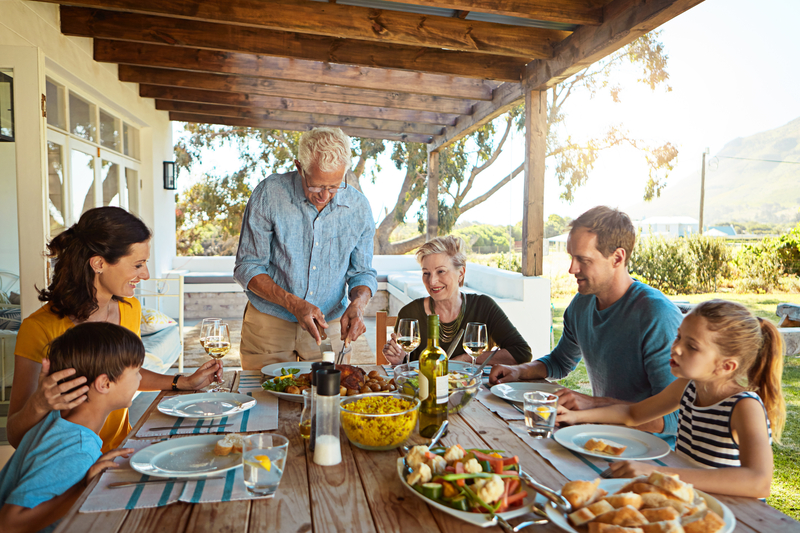When, three months ago, classes were suspended because of the coronavirus emergency, no one celebrated. Lazy students may have breathed a sight of relief, but the vast majority of our kids and teens did feel the weight of the lockdown on their shoulders. They suffered the sudden, almost violent stop to their routine, the absence of contact with their friends, but also their relationship with teachers, a continuous confronting often considered conflictual: truth is, they, too, know it’s useful and good for them. They understood it during these endless months of online learning, so much so that, for many of them, the upcoming holidays will have an entirely different meaning. Saying goodbye from a distance is not worth as much as one last hug at the end of the school year. No video call can replace that whirlwind of emotions the last day of school brings along, nor that sense of longing for September and for a return to normality within the safety of the classroom.
This introduction is essential if we want to understand our relationship with teaching, education and culture, with all that is around us: sociality and sense of community, of belonging and identity, a shared heritage and memory, a moment of growth and development.
When the lockdown started, many of our cultural institutions remained “open” online and there wasn’t a day throughout that period when an artist, an actor, a singer or a dancer didn’t appear on TV to underline the true meaning of halting concerts and shows, of forbidding our nights at the cinemas and the organization of events, fairs and local religious feasts. An entire economic sector was profoundly penalized, because all the people involved in it — from musicians to technical crews — suddenly had to stop working. The point is that all forms of art based on sharing stood still and all of us, not only artists, need to share to feel alive.
Our Primary School children told us they felt “ripped away” from their teachers and the kids and teens on the last year of their schooling cycle (middle school or high school) know there’ll always be a missing link in their life history: because, this year, they won’t be able to experience a pivotal moment of passage that marks the transition from a life chapter to another. They have been denied to live a crucial experience, one that allows to prepare for what has yet to come. Saying goodbye to classmates and teachers, living that last day of class between joy and tears, anxiety and hope, is key to learn how to handle changes in life.
During the emergency, many Italian museums reinvented themselves and offered virtual tours, inviting the world to discover the incredible wealth of art they own, masterpieces of beauty no other country can say to have.
As of 2017, Italy counts 4.889 museums, 293 archaeological parks and 570 monuments. 2.371 Italian localities, that is 1 in 3, have a museum. This is true for the entire country: 1.6 museums every 100 square km, or one every 12.000 people. Then, there are our 55 UNESCO heritage sites (with 41 more shortlisted), the highest number in the world. And we mustn’t forget what reports barely touch upon: our folklore, stories, traditions, culinary and social habits, our language and our dialects, our crafts and their ateliers, with that wealth of practical knowledge passed on from a generation to the other that makes of Italy a real open air treasure chest.
And all this to say what?
During the lockdown we didn’t only realize how important socializing is, how much we need, emotionally and physically, to interact and touch other people, we also understood how much we miss all that give us a sense of belonging to a place: a town, a square, a promenade, the village church. Just like school, the social space around us supports our own life.
The reopening of galleries and monuments has been celebrated with public ceremonies in many parts of Italy, with mayors, governors and “first visitors,” all socially distanced and wearing face masks, but visibly emotional. And this wasn’t a case. Who cares if procedures to get in are different: thermal scanners, online tickets, limited accesses, obligatory paths… we all wait that moment with joy. We walk through those gates and we realize art is still there for us.
The Colosseum, the Raffaello’s exhibit at the Scuderie del Quirinale, Florence’s Uffizi, Leonardo’s Last Supper in Milan, the Egyptian Museum in Turin. San Marco’s belfry, the Pinacoteca del Seminario and the Torcello Basilica, in Venice. The Leaning Tower and its Baptistery in Pisa, San Gregorio Armeno in Naples and the Capodimonte Museum. The archaeological sites of Paestum and Velia, the Marta Archaeological Museum in Taranto and the one in Reggio Calabria, home to the Bronzi di Riace. These places belong to our heart, they are symbols of history and culture.
The first weekend they were open showed how much we need them. In Sicily, for instance, hundreds of people visited, following rigorous safety measures, the island’s many artistic treasures, accessed through compulsory online booking: 600 visitors at the Segesta temples, 200 at Palermo’s Zisa palace, 800 in the Valley of the Temples, 700 at the Neapolis Park in Siracusa.
Cultural memory, our art and landscapes, but also our figurative arts, dance, music, theatre, opera, creativity in all its manifestations, are the very components that, starting in school, create the soil where we plunge our roots, the branches we embrace the world with.
Without culture, community and sociality, our country can’t flourish again, and that’s why, after the lockdown, we are reborn and start again from our true lifeblood. Italy wants to start over from its culture, art and Beauty.





























